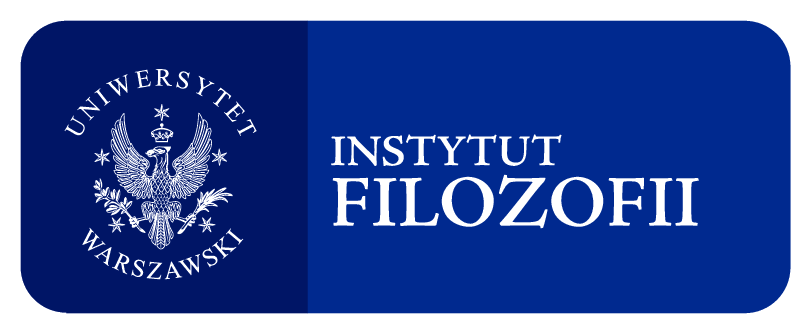Integracja dynamiki biologicznej a drzewa rodowe istot żywych
Abstrakt
Since Darwin, a genetic continuity of morphological and behavioral traits between all living beings has been taken for granted. This paper describes eight irreducible classes of descriptive traits on the basis of the presence or absence of (a) repetitivity, (b) correlation with natural environment properties and (c) inner integration. It is argued that some of these classes should neither be used in taxonomy nor in phylogenetic reconstructions. The remaining classes imply an inner dynamic indivisibility on the one hand, and an evident relation to the concept of the reaction norm on the other. These implications, in turn, may lead to the recognition of much broader „natural species” units which embrace forms usually grouped within a genus or family. Morphological and behavioral gaps between such „natural species” have to be considered in relation to the rather mysterious developmental, integrative and adaptive potential of a particular natural species. Paleontological data seem to confirm the existence of such gaps. This introduces a serious objection to the theory of common descent and to the cognitive utility of the macro- and megaevolutionary „phylogenetic trees.”















 Filozofia Nauki | ISSN 1230-6894 | e-ISSN 2657-5868
Filozofia Nauki | ISSN 1230-6894 | e-ISSN 2657-5868